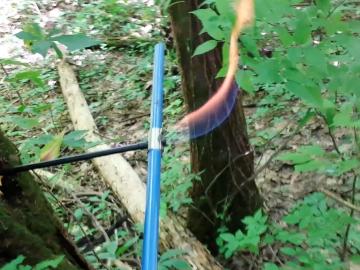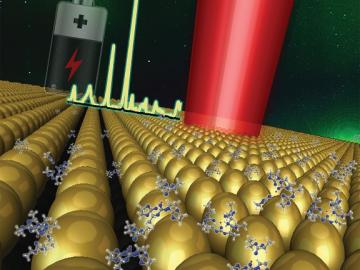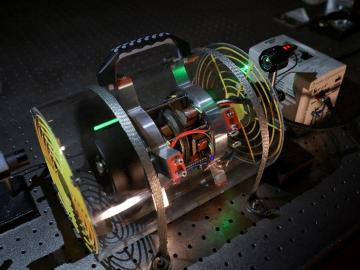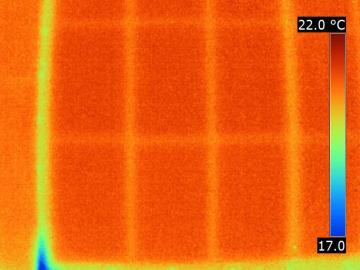Filter News
Area of Research
- (-) Clean Energy (27)
- (-) Materials (18)
- Advanced Manufacturing (1)
- Biological Systems (1)
- Building Technologies (2)
- Chemical and Engineering Materials (1)
- Fossil Energy (1)
- National Security (1)
- Neutron Data Analysis and Visualization (2)
- Neutron Science (9)
- Nuclear Science and Technology (6)
- Supercomputing (12)
News Type
Media Contacts


By studying the inner workings of lithium-ion batteries, Oak Ridge National Laboratory researchers have developed a highly sensitive technique to characterize and measure at the electrolyte and electrode interface.

Self-driving cars promise to keep traffic moving smoothly and reduce fuel usage, but proving those advantages has been a challenge with so few connected and automated vehicles, or CAVs, currently on the road.
Physicists turned to the “doubly magic” tin isotope Sn-132, colliding it with a target at Oak Ridge National Laboratory to assess its properties as it lost a neutron to become Sn-131.

Oak Ridge National Laboratory scientists have devised a method to control the heating and cooling systems of a large network of buildings for power grid stability—all while ensuring the comfort of occupants.


Vacuum insulation technology called modified atmosphere insulation, or MAI, could be a viable solution for improving the energy performance of buildings, based on a study by Oak Ridge National Laboratory and industry partners.

An Oak Ridge National Laboratory-led team used a scanning transmission electron microscope to selectively position single atoms below a crystal’s surface for the first time.

Biologists from Oak Ridge National Laboratory and the Smithsonian Environmental Research Center have confirmed that microorganisms called methanogens can transform mercury into the neurotoxin methylmercury with varying efficiency across species.

The construction industry may soon benefit from 3D printed molds to make concrete facades, promising lower cost and production time. Researchers at Oak Ridge National Laboratory are evaluating the performance of 3D printed molds used to precast concrete facades in a 42-story buildin...




